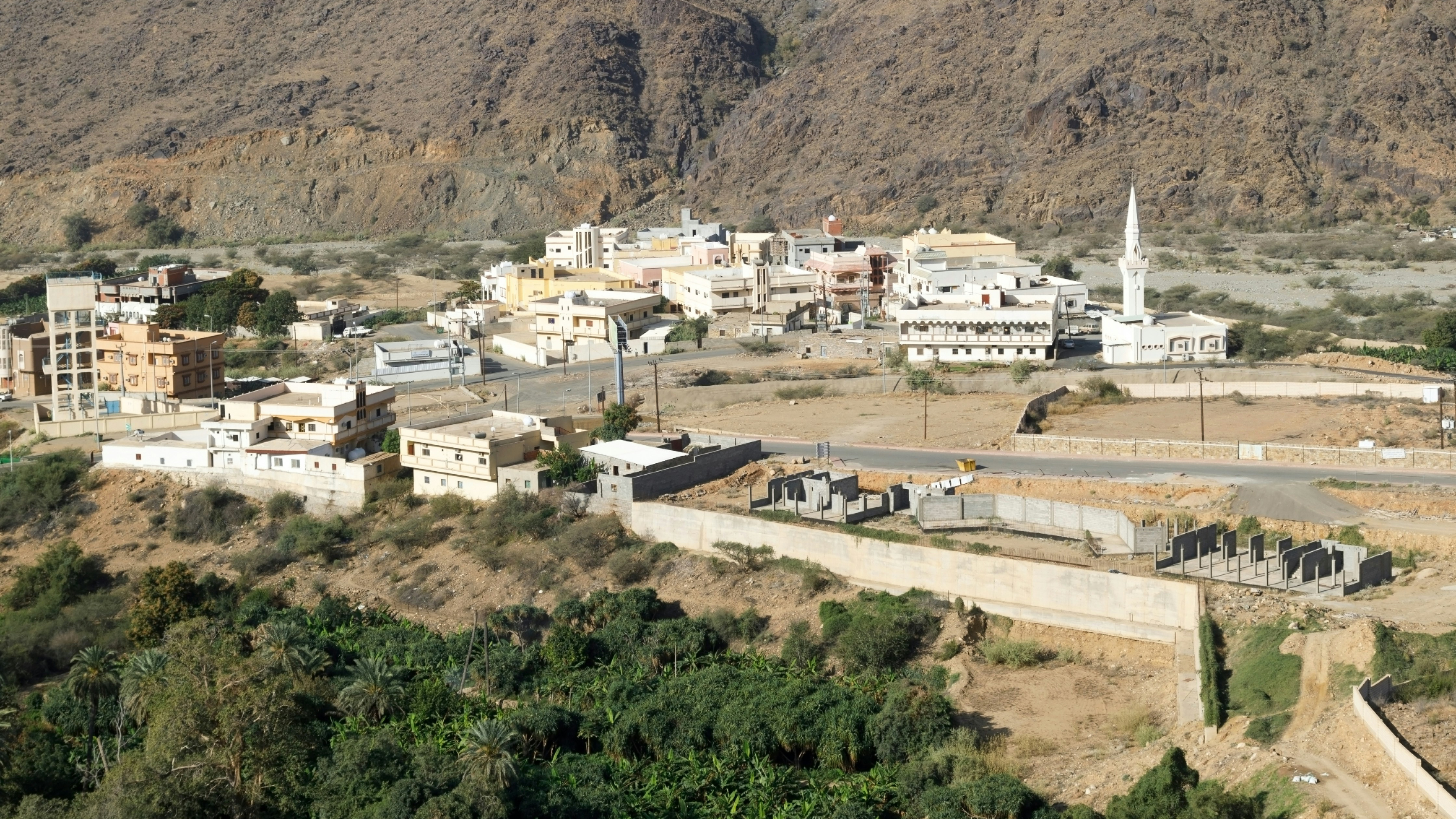These are the most dynamic cities in the world – and they’re not the ones you’d expect

Image: REUTERS/Stringer
Since the World Economic Forum last met in Davos in January 2016, various political earthquakes associated with rising nationalism and protectionism seem to have reshaped parts of the world at an astonishing pace. Yet, at the same time, the cities that support and nurture technological changes have demonstrated remarkable momentum and taken a more prominent role in shaping our landscape.
A city’s capacity to embrace rapid change determines its ability to compete in the world – today and in the future, according to JLL’s 2017 City Momentum Index (CMI). With more than half the world’s population currently living in cities, and urbanization growing exponentially, the success of our cities takes on an even greater imperative. The overriding factors that characterize the world’s most dynamic cities are technology and innovation — and cities that best absorb, adapt and leverage these drivers come out on top.
Although the most dynamic cities are spread throughout the world, more than half of the top 30 in the 2017 ranking are in Asia-Pacific. Bangalore, India’s tech centre, took the number one spot. In fact, India snatched the lead from China as home to some of the world’s fastest-changing cities, taking six of the top 30, compared with China’s five.

What has become apparent is that these cities are now becoming more tightly networked and most are outperforming their national economies. Whether new regional technology hubs such as Nairobi, established global gateways like London, or emerging global cities like Shanghai, these cities integrate change and technology into their DNA. Moreover, the most successful cities seek to sustain momentum and innovation by cultivating their research and educational capabilities, and by investing in infrastructure.
Liveability is also surfacing as an increasingly important driver of momentum, as it is key to attracting talent. For example, affordability and space constraints in San Francisco (No. 21) contributed to knocking that city out of the top 20 for the first time and Hong Kong out of the top 30. The environment is also becoming a more critically determining factor in the index. Although in the top 30, Delhi (No. 23) and Beijing (No. 15) were hindered by poor environmental scores.

The CMI isn’t a measure of the “best” cities in which to invest. It’s intended to identify change and highlight which cities or metropolitan areas may be best at positioning themselves to compete in today’s ever-changing economic landscape. While cities change ranks from year to year, only three cities – London, Shanghai and Silicon Valley – have consistently made it into the top 10 since the index was first published in 2014.
The index examines 42 variables in each of the 134 cities or metropolitan areas. Those factors can be grouped into three areas: two that reflect strengths for short-term changes and one used to determine longer-term economic sustainability.
The first set of factors, which accounts for 40% of the overall ranking, includes socio-economic factors – GDP, population, air passengers, corporate headquarters and foreign direct investment. The second, accounting for 30%, focuses on commercial real estate momentum, which encompasses changes related to construction, rents, investment and transparency in the office, retail and hotel sectors.
The third group includes innovation capacity and technological prowess, access to education and environmental quality. It accounts for 30% of the index. Without a concentration on education and the environment, without strong economies and business practices that encourage start-ups and patent applications, without what we call “future-proofing,” these cities can flame out.
Taking a step back, a pattern emerges based on each city’s position on the evolution curve. At one end are “established” world cities, such as London (No. 6), New York (No. 14), Paris (No. 17) and Los Angeles (No. 27), which absorb changes and technology that complement and add to diverse businesses. At the other end are “high potential” cities, such as Ho Chi Minh City (No.2) and Hanoi (No. 8). These cities continue to attract capital from foreign investors betting on their transition from low-wage manufacturing to high-value activities. Fast-growing Nairobi (No. 10), which is experiencing a development boom, is on the watch list as a regional technology hub.
Although Asia-Pacific may be home to many of this year’s top 30, momentum has slowed for some cities. Tokyo and Seoul, which were in the top 20 last year, are experiencing slower short-term economic growth and real estate momentum. Singapore and Hong Kong are among the world’s most competitive cities. However, Singapore has been hampered by moderated growth in its labour force and sluggish office and retail markets. Hong Kong’s falling office rents, low supply pipeline and lackluster retail real estate fundamentals helped reduce its ranking.
In a year where political outcomes arguably have been more dramatic than technological advances, the index underscores larger economic shifts. As nationalism and protectionism have swept across many developed countries, the world’s most agile cities are more tightly networked than ever and have taken up the mantle of globalism. Their agility, energy and hunger to absorb, mold and create change is shaping the urban experience and its future. That’s no small role when considering that by 2050, the world’s urban population is expected to have doubled on levels at the beginning of the century. This has political implications, as mayors flex their muscles over the world’s future.
Looking ahead, we’ll be watching for the effects that protectionism, nationalism and environmental degradation have on many of these cities and how they adapt to these challenges. We’ll also be taking note of investment in infrastructure, a critical factor impacting quality of life, business and real estate. After all, history is fraught with once-great cities that were complacent and took their eyes off the forces of change. When those forces seem to come by the nanosecond, no city can afford to blink.
Have you read?
These four numbers define the importance of our cities: 2, 50, 75 and 80
Six visions of our cities in the future, from Tokyo to Accra
Urbanization is expensive - here are 6 innovative projects helping to fund growth in our cities
Smart cities could change the way we live, but they must benefit everyone
Don't miss any update on this topic
Create a free account and access your personalized content collection with our latest publications and analyses.
License and Republishing
World Economic Forum articles may be republished in accordance with the Creative Commons Attribution-NonCommercial-NoDerivatives 4.0 International Public License, and in accordance with our Terms of Use.
The views expressed in this article are those of the author alone and not the World Economic Forum.
Stay up to date:
Innovation
Related topics:
Forum Stories newsletter
Bringing you weekly curated insights and analysis on the global issues that matter.
More on InnovationSee all
Awais Ahmed and Srishti Bajpai
November 11, 2025







